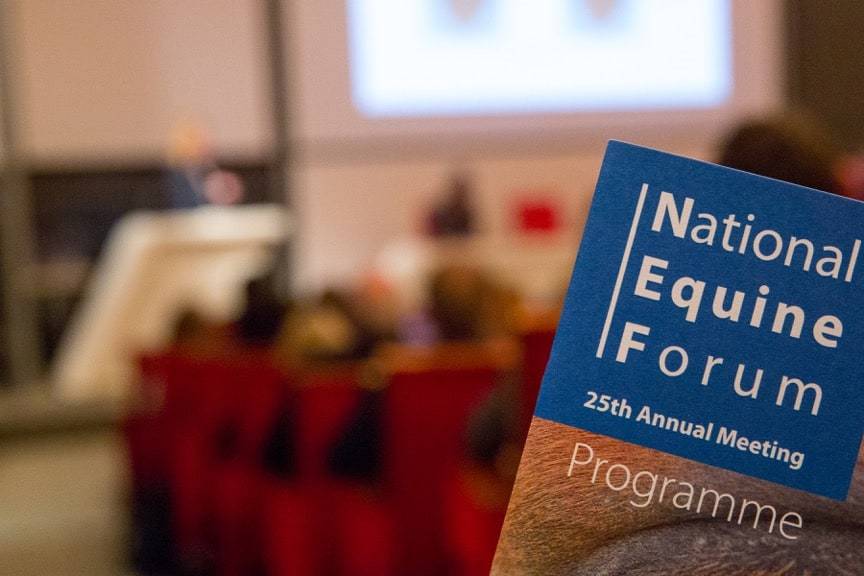
How the Rising Trot Impacts the Horse’s Back
Changes in force distribution, combined with saddle fit, have a big impact on equine back health, for better or worse.

Changes in force distribution, combined with saddle fit, have a big impact on equine back health, for better or worse.

Learn about the signs, diagnosis, and management of repetitive stress-related fetlock injuries in racehorses.

Of the 359 respondents, 101 (28%) said their hoof care professionals use radiographs to make trimming/shoeing decisions.

Learn how the all-important equine back functions and how to prevent problems from developing.

Our sources share nine ways to help your sport horse perform at his best.

Researchers focused on the effect of collected and lengthened paces in young and mature dressage horses.

A custom-designed equine CT table and a commercial Big Bore scanner make it possible to image neck lesions in horses.

A saddle fitter shares some early warning signs that your tack and your horse’s back aren’t meshing.

Vets can use MRI to help diagnose injuries, select treatments, monitor healing progress, and determine prognosis.

The digital cushion, located in the rear of the hoof, protects the foot’s complex bone and soft-tissue structures.

PET scans revealed lesions in bony and soft tissue, some of which weren’t visible on other imaging modalities.

Panelists discussed the potential impact on equine trade, identification, biosecurity, competition travel, and more.

What do a dish, a crack, a flare, and a sheared heel have in common? All are hoof distortions.

Early diagnosis could allow vets to implement management strategies, such as restricted exercise, that promote healing.

Tailored rehab plans and frequent veterinary checks are just two pieces of the rehabilitation puzzle.
Read the top tweets and take-homes from Rood & Riddle Equine Hospital’s client education seminar.
Stay on top of the most recent Horse Health news with
"*" indicates required fields